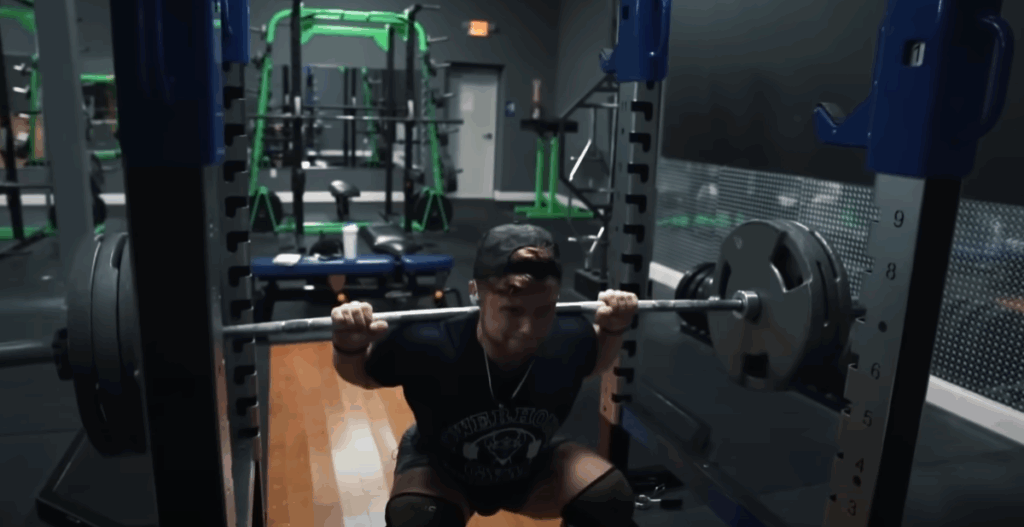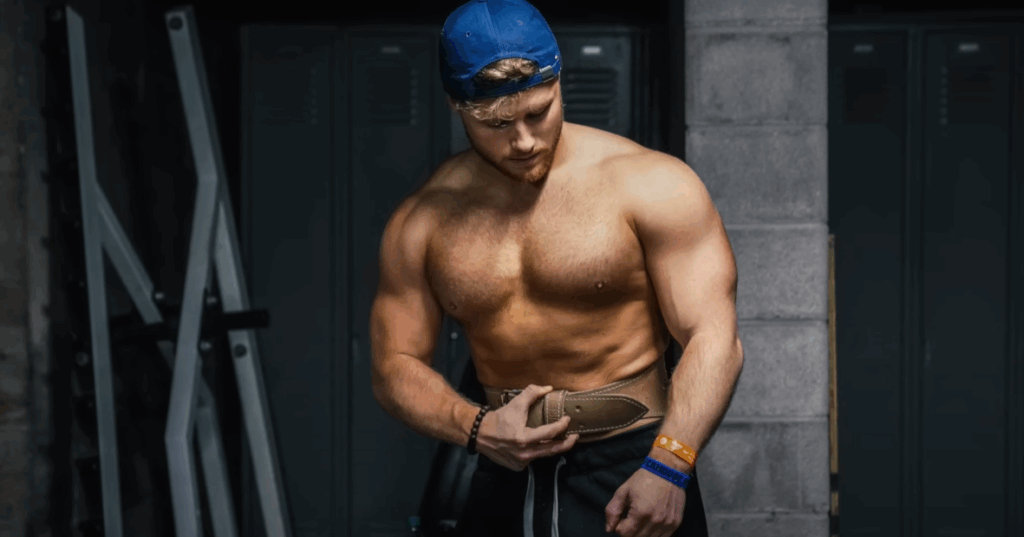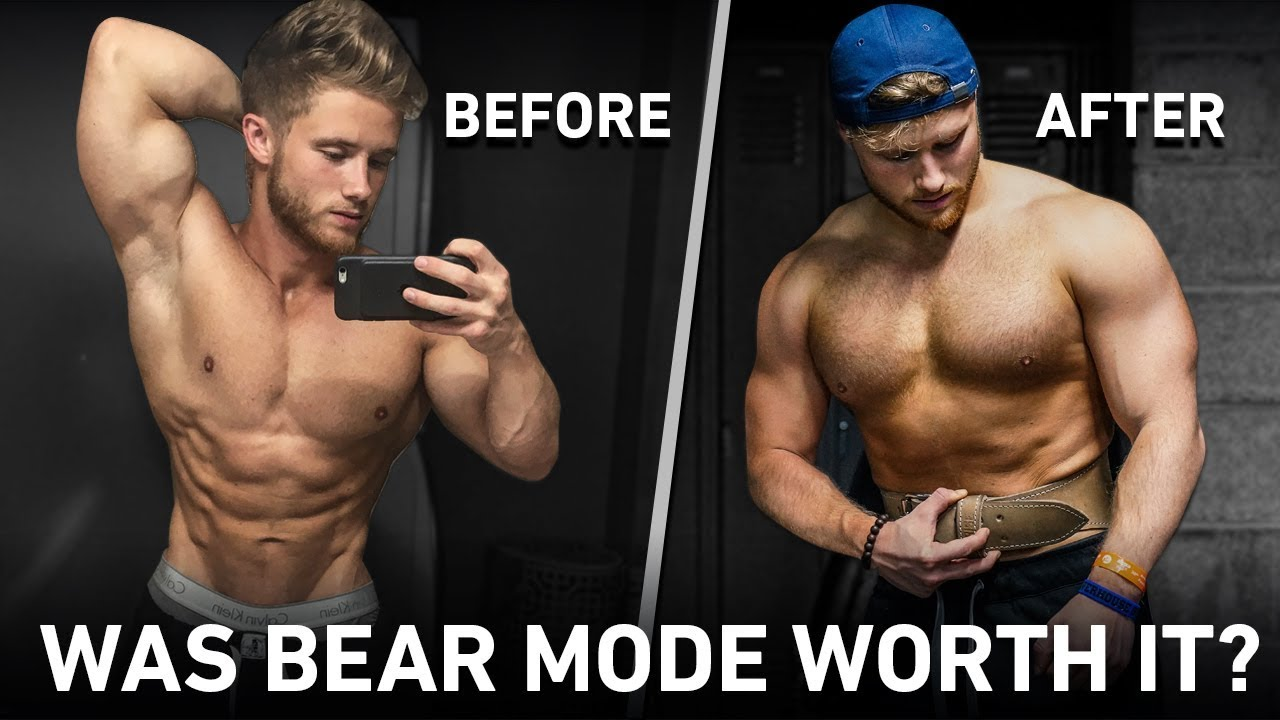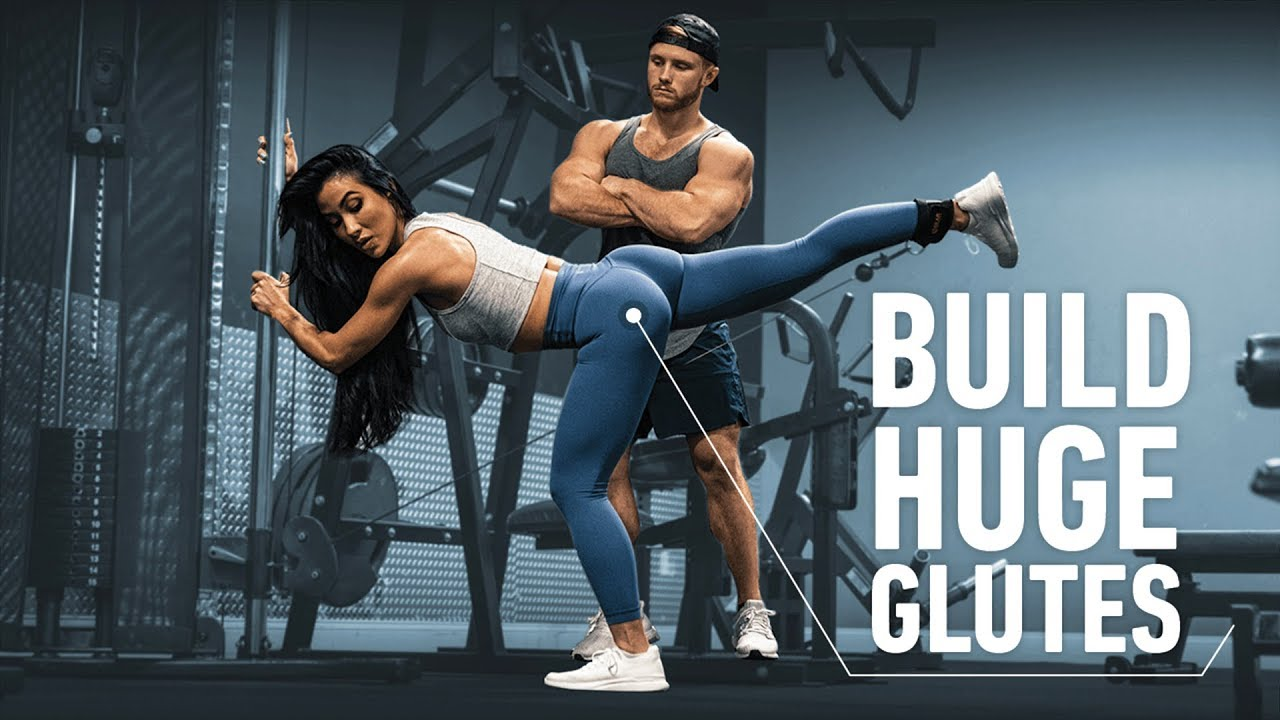When it comes to natural bodybuilding, most athletes focus on staying lean year-round or gradually adding size through slow, controlled bulking. But what if you took the opposite approach and intentionally pushed into higher body fat levels to maximize size and strength? That’s the idea behind “Bear Mode”—a style of bulking where you eat in a significant calorie surplus, prioritize big lifts, and embrace a thicker, more powerful look.
I recently experimented with this approach for eight months, gaining over 20 pounds in the process. After going through the entire bulk and cutting back down, I can now share the real pros and cons of this strategy, and whether it’s worth trying if you’re a natural lifter.

What Is Bear Mode?
The term “Bear Mode” was popularized by fitness YouTuber Alex from Alpha Destiny. The goal is to maintain a 15–20% body fat range, build as much muscle as possible, and develop a rugged, powerful appearance—bigger traps, a thicker neck, and broader shoulders. Unlike a sloppy “dirty bulk,” Bear Mode isn’t about getting fat; it’s about looking huge in regular clothes, even if you lose visible abs in the process.
Think of it as the opposite of competition prep. On stage, bodybuilders look massive due to low body fat, striations, and strategic lighting. But in normal settings—especially with clothes on—leaner lifters often appear smaller than they really are. Bear Mode flips that script by prioritizing size and strength over leanness.
My Bear Mode Experiment
I started at 160 pounds, already fairly lean, and ended the bulk at 183 pounds on my 5’5” frame—a rapid gain of 23 pounds. My goal was to test whether pushing calories higher would accelerate muscle growth and strength, even if it meant carrying extra body fat.
Does Bear Mode Build More Muscle?
The Case for Bigger Lifts, Bigger Gains
A larger body generally supports heavier lifts. Powerlifters in higher weight classes almost always move more weight than lighter lifters. If progressive overload drives hypertrophy, lifting heavier over time should, in theory, lead to more muscle.
And I can confirm: during Bear Mode, I was noticeably stronger in key lifts like squats, bench press, and overhead press. My working weights climbed faster than they had during any lean bulk.
What the Research Says
However, not everyone agrees that eating in a large calorie surplus equals more muscle. Sports scientist Dr. Eric Helms cites research showing that excessive overfeeding doesn’t necessarily lead to greater muscle gains.
In one study, elite athletes consuming 600 extra calories per day didn’t gain significantly more muscle than those eating in a smaller surplus. The difference? The overfed group gained three times more fat.
So while you may gain some additional muscle during Bear Mode, most of the extra weight is likely fat. And when you eventually diet down, the longer and more aggressive cutting phase increases the risk of losing some of that hard-earned muscle.

The Pros of Bear Mode
1. Strength Increases Come Fast
Adding body weight makes you stronger in most lifts. More strength allows for heavier training loads, which can lead to long-term hypertrophy benefits—especially for natural lifters who struggle to progress while staying lean.
2. Stress-Free Eating
Unlike a strict lean bulk, Bear Mode removes the mental strain of constantly monitoring calories and staying photo-shoot lean. You can enjoy big meals, satisfy cravings, and focus entirely on performance rather than how shredded you look.
This shift can be surprisingly freeing. Many lifters struggle with body image when trying to stay ultra-lean year-round. Bear Mode encourages a performance-first mindset, which can help improve your relationship with food and training.
3. You Look Huge in Clothes
If your primary goal is to look imposing in a hoodie or T-shirt, Bear Mode works. Extra body mass fills out clothing, and thicker traps, delts, and neck give you that powerful “yoked” appearance—even if you don’t have visible abs.
The Cons of Bear Mode
1. You Look Smaller Without Clothes
Ironically, while you appear larger in clothes, you may look smaller shirtless. At higher body fat levels, muscle definition fades, making you seem less muscular even if you weigh more. Natural bodybuilders often look dramatically bigger when lean and well-lit, despite weighing less.
2. Reduced Work Capacity
While my strength improved, my endurance in high-volume training suffered. I felt sluggish, especially on leg days. High body fat levels can reduce cardiovascular efficiency, which may limit training volume—bad news if hypertrophy is your priority.
Adding some conditioning work could offset this, but too much cardio can interfere with muscle growth, creating a tricky balance.
3. Longer, Harder Cutting Phase
The more fat you gain, the longer you’ll need to diet to get lean again. Extended or aggressive cuts often lead to muscle loss, negating some of the strength and size benefits you gained during the bulk.
Who Should Try Bear Mode?
Bear Mode isn’t for everyone. Here’s a quick guide:
✅ Best For:
- Lifters who prioritize strength and size over year-round aesthetics
- Those who want to look bigger in everyday clothes rather than for photo shoots or beach season
- Intermediate to advanced lifters who can track progressive overload closely
❌ Not Ideal For:
- People focused on staying lean and photo-ready
- Athletes in sports where body weight or conditioning is crucial
- Beginners who don’t yet have a solid foundation of muscle
Bear Mode vs. Lean Bulk: Which Should You Choose?
| Bear Mode | Lean Bulk |
|---|---|
| Rapid strength gains | Slower, steadier progress |
| Less stress about diet | Requires careful calorie control |
| Bigger appearance in clothes | More aesthetic and defined physique |
| Longer cutting phase later | Easier to maintain lean condition year-round |
If you value performance and don’t mind carrying extra fat temporarily, Bear Mode can be a fun and productive phase. But if you’re concerned with maintaining aesthetics or hate long diet phases, a moderate lean bulk is the smarter choice.

Final Thoughts
Bear Mode has clear pros and cons. It delivers fast strength gains, lets you eat freely, and can help break free from body image stress. But it also makes you look softer shirtless, may reduce training volume, and leads to longer, tougher cutting phases.
Would I do it again? Yes, but with adjustments. Next time, I’d track strength progression more carefully and include two to three cardio sessions per week to maintain conditioning.
For most natural lifters, the best approach lies somewhere between an extreme Bear Mode bulk and a painfully slow lean bulk. A moderate surplus of 200–300 calories per day may give you the best of both worlds—steady muscle growth without excessive fat gain.



